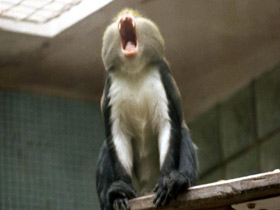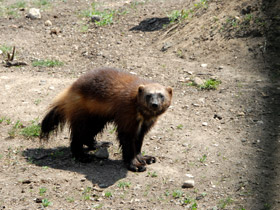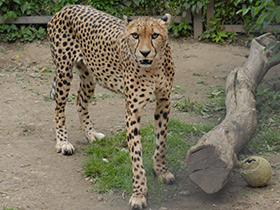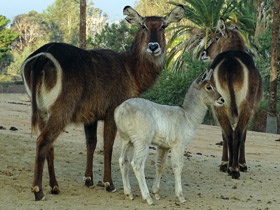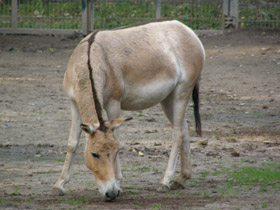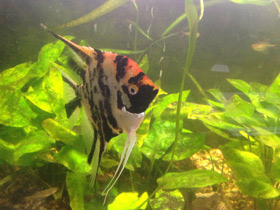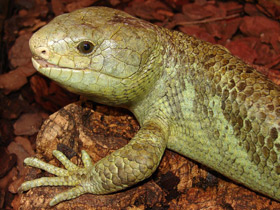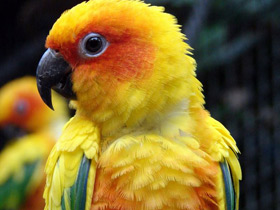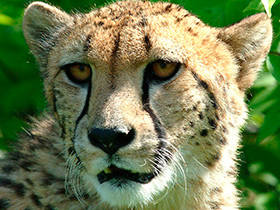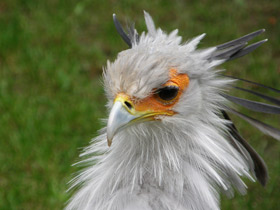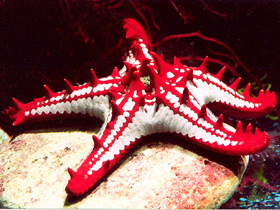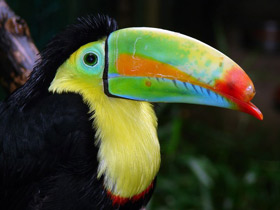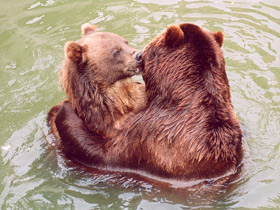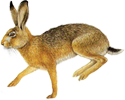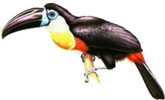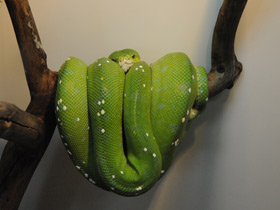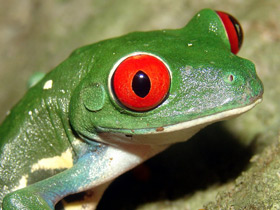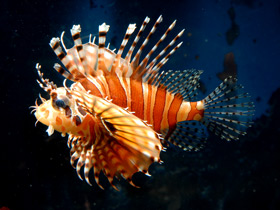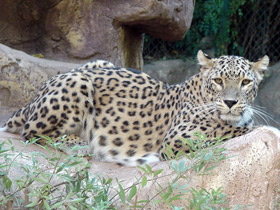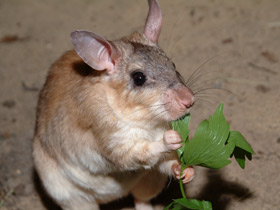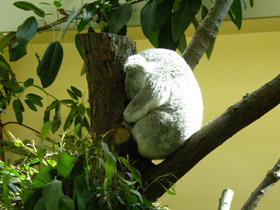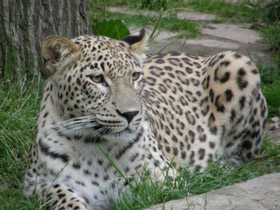Campbell's mona monkey (Cercopithecus campbelli), Campbell's guenon and Campbell's monkey
Campbell's mona monkey видео
Campbell's mona monkey (Cercopithecus campbelli), also known as Campbell's guenon and Campbell's monkey, is a species of primate in the family Cercopithecidae found in the Ivory Coast, Gambia, Ghana, Guinea, Guinea-Bissau, Liberia, Senegal, and Sierra Leone. It was named for Henry Dundas Campbell, in 1838. Lowe's mona monkey was previously considered a subspecies of Campbell's mona monkey. The International Union for Conservation of Nature has rated this species as being a near-threatened species because it has a wide range and is able to adapt to degraded habitats.
Description
The body of Cercopithecus campbelli is covered with greyish-brown wool, longer on the dorsal part and on the cheeks. It is darker on the dorsal part and on the limbs, the hair is long and greyish on the cheeks, the mouth is pinkish, the skin around the eyes is bluish and the ears are of the same blue colour. On the forehead there is an orange spot ("diadem"). The body length of Cercopithecus campbelli ranges from 36 to 55 cm and females weigh on average 2.7 kg, while males weigh 4.5 kg. The monkey's tail is long and straight.
Distribution
Cercopithecus campbelli is a catarrhine primate of the family Cercopithecidae. Cercopithecus campbelli is distributed in Central and West Africa from The Gambia and Senegal north of the Casamance River to the Volta River. It inhabits a variety of tropical forest types, including primary and secondary forests, mangroves, savannahs and scrub edges of farmland.
Nutrition
Cercopithecus campbelli has a diurnal, arboreal lifestyle. Fruits, shoots, gums and insects form the basis of their diet. The monkeys forage mainly in the lower level of trees (usually below 5 m) and on the ground, where various insects and their larvae are most abundant. To temporarily store and transport food, they use their cheek pouches, which act as carrying bags, allowing them to free their limbs when travelling and, at the same time, not get rid of their food supplies.
Social structure and reproduction
Cercopithecus campbelli live in groups of 8 to 13 individuals, occupying a specific area, the size of which depends on the abundance of food. The species is territorial and always defends its feeding area from other groups of monkeys of the same species.
Pregnancy in Cercopithecus campbelli lasts 5 months and only one offspring is born. It is cared for not only by its mother, but also by all the females in the group. The life expectancy of Cercopithecus campbelli in the wild is usually less than 20 years, but in zoos they can live even longer.









